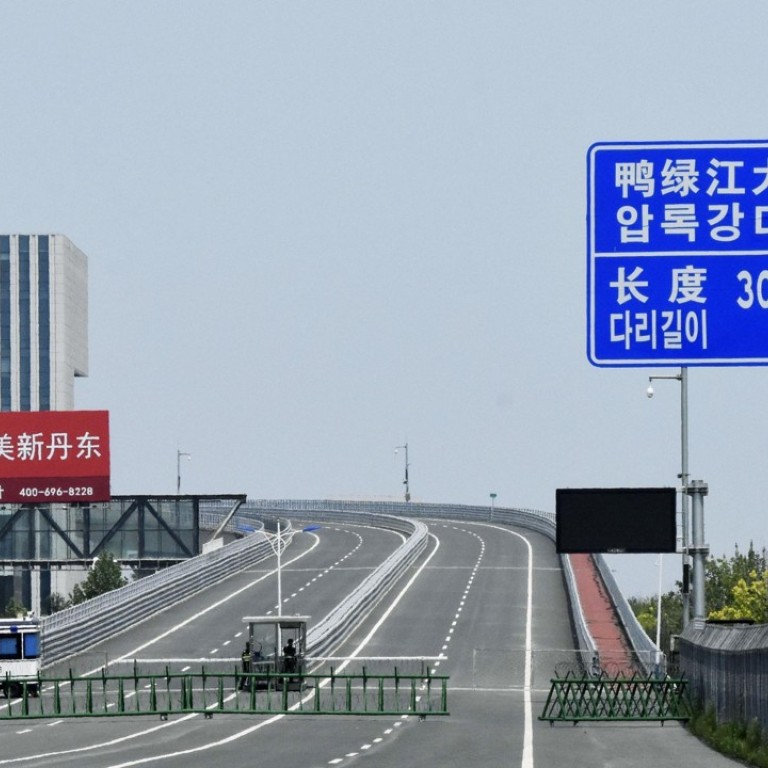
Chinese rust-belt province pushes for new road and rail links to North Korea – and beyond to the South
Liaoning airs proposal as part of its contribution to Beijing’s global belt and road infrastructure drive
A rust-belt industrial northern Chinese province has come up with an ambitious plan to link one of its border cities with South Korea via rail and road through the North.
As part of its contribution to the China’s global “Belt and Road Initiative”, the province of Liaoning is proposing a rail link from the city of Dandong to the North Korean capital Pyongyang and then on to Seoul and Busan in the South.
It is also pushing for a new road between Dandong and Pyongyang through Sinuiju, North Korea’s gateway city, according to a document released on Monday.
Liaoning is also seeking central government approval “at due time” to establish a special economic zone in Dandong, which was the hub for roughly 70 per cent of a thriving cross-border trade until China’s enforcement of international sanctions crimped that flow.
Chinese president’s right-hand man presses North Korea’s Kim Jong-un to realise Singapore nuclear consensus with Donald Trump
The move could strengthen Dandong’s role as “a key pillar in trade cooperation with North Korea”, the document said, urging provincial officials to advance the scheme under Beijing’s trillion-dollar initiative to revive ancient trade routes.
“Guided by the important consensus by the leaders of China and North Korea, [we] should proactively seize the dynamics over the [Korean]peninsula and steadily make plans of cooperation with North Korea,” the official Liaoning Daily quoted the document as saying.
With China locked in the a trade war with the United States, the Liaoning proposal is seen as the country’s latest effort to increase trade with South Korea and Japan, the other two economic powers in the region.
“Dandong is part of a mature infrastructure network in China and if such projects go ahead, they could link North Korea with China’s rail and road network, expanding trade routes not just to North and South Korea but also to Japan,” Lu Chao, a researcher at the Liaoning Academy of Social Sciences, said.

Lu said the plan also dovetailed with Pyongyang’s decision this year to shift its focus solely to economic development, given that roads and railways were necessary for any economic development in the North.
North Korean leader Kim Jong-un announced in April that the country was moving away from its dual track of nuclear and economic development to concentrate on the economy.
As North Korea’s biggest trading partner and only ally, China has expressed support for Kim’s change in national policy, and official exchanges on economic cooperation have increased since Kim’s first meeting with Chinese President Xi Jinping in Beijing in late March.
South Korea will take economic integration with North Korea even if full denuclearisation is off the table
Even though trade with North Korea is still largely blocked by international sanctions imposed to pressure Pyongyang to abandon its nuclear programme, China has been gearing up for investment in the North.
Chinese businesspeople are exploring trade opportunities with the North, and Chinese tour groups have reportedly flocked across the border since national carrier Air China resumed full services to North Korea in July.
But Lu said China was unlikely to push forward any infrastructure projects with the North while sanctions were still in place.
“What China can do now is to talk with the North Korean side about plans for economic cooperation,” Lu said. “China can also increase other ties with North Korea by, for example, sending more humanitarian aid.”

